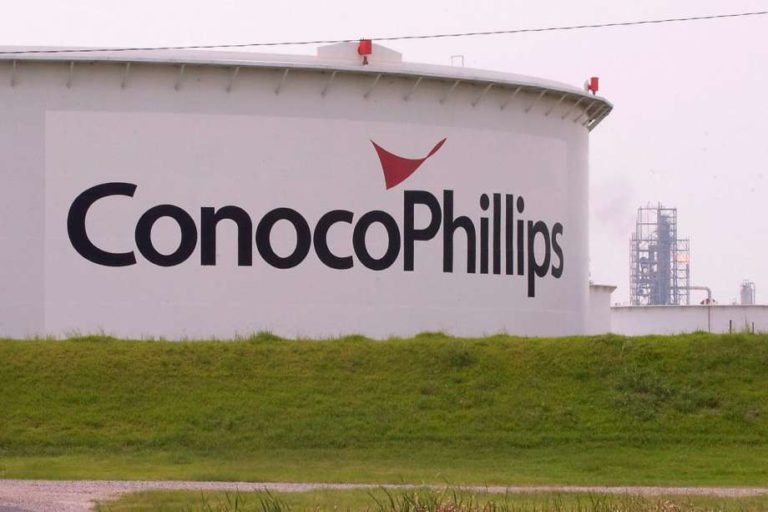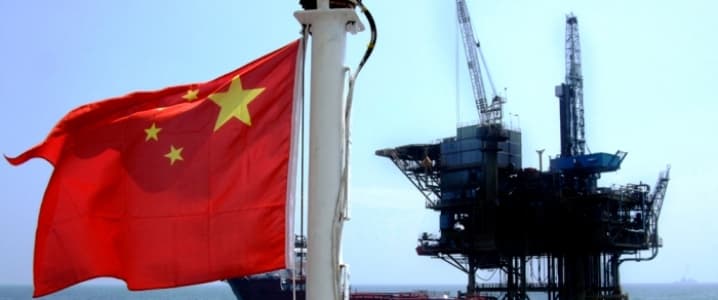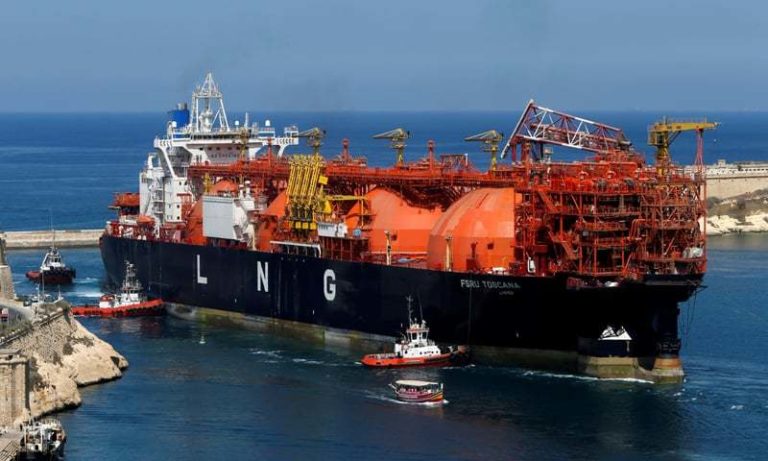Venezuela told to pay Conoco $8.75bn over oil seizures

ConocoPhillips was awarded $8.75bn by the World Bank’s arbitration tribunal in re- sponse to Venezuela’s seizure of oil assets more than a decade ago. The Washington-based International Centre for Settlement of Investment Disputes published a report Friday upholding Conoco’s claim that Venezuela unlawfully confi scated its Hamaca and Petrozuata heavy crude oil projects in the Orinoco River basin in 2007, and said the Houston-based company must be compensated accordingly. The award comes as the US tries to ratchet up pressure on the administration of President Nico- las Maduro after sanctioning state oil company Petroleos de Venezuela SA and recognising Juan Guaido as the nation’s interim leader. Venezuela’s economy has been in turmoil as oil exports con- tinue to crash. Residents of Caracas and other cit- ies on Friday endured a second day without power while Maduro blamed “US imperialism.” “We welcome the ICSID tribunal’s decision, which upholds the principle that governments cannot unlawfully expropriate private invest- ments without paying compensation,” Conoco General Counsel Kelly B Rose said in a statement. Venezuela’s information ministry didn’t immedi- ately respond to requests for comment. Conoco was also awarded $2bn last year by the International Chamber of Commerce over the seizure of assets. Following that decision, the company moved aggressively to take over PDVSA facilities in the Caribbean islands of Bonaire, Cu- racao, St Eustatius and Aruba. Vessels carrying Venezuelan crude were or- dered to immediately pull away from Caribbean ports, creating a backlog of ships and hindering the nation’s oil exports. In August, Conoco reached a settlement with PDVSA under which the company agreed to pay the $2bn back in quarterly instalments over four- and-a-half years. Conoco said in January it had received about a quarter of what’s owed. Some of the payment had been made in crude. Conoco also said at the time it expected to get another pay- ment in February, despite US sanctions. “Given the size of the award and current adverse situation in Venezuela, receiving full payment in a timely manner remains to be determined,” Scott Hanold, an analyst at RBC Capital Markets LLC, wrote in a note.








